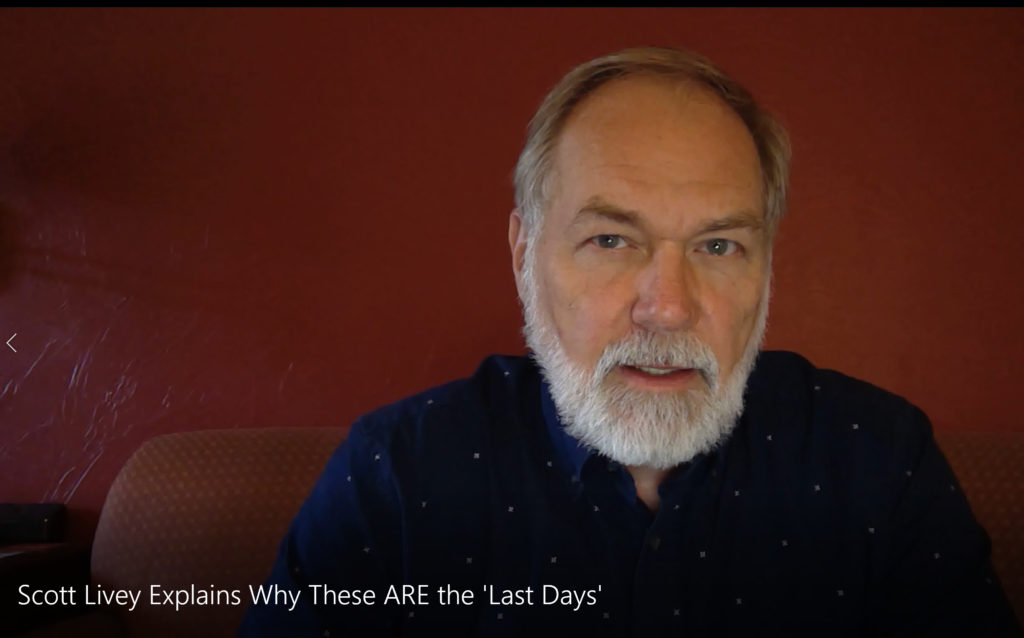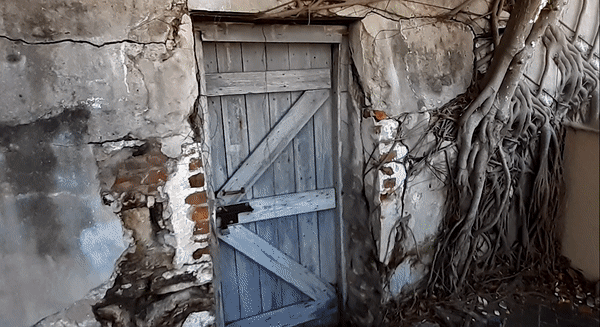
Yes, These Are the “Last Days”
It is always best to let the Bible interpret the Bible. When it comes to understanding the “last days” there are a few straightforward Scripture passages that summarize what and when the “last days” are.
The first tells us precisely when the last days began.
In the very first sermon of the Christian church, the Apostle Peter “lifted up his voice, and addressed the crowd:
Acts 2: ‘14Men of Judea and all who dwell in Jerusalem, let this be known to you, and listen carefully to my words. 15These men are not drunk, as you suppose. It is only the third hour of the day! 16No, this is what was spoken by the prophet Joel: 17‘In the last days, God says, I will pour out My Spirit on all people. … 19I will show wonders in the heavens above and signs on the earth below, blood and fire and billows of smoke. 20The sun will be turned to darkness, and the moon to blood, before the coming of the great and glorious Day of the Lord. 21And everyone who calls on the name of the Lord will be saved.’ 22Men of Israel, listen to this message…”
We note first that the last days must be a very long period, not a short one, because they include the Day of the Lord (the second coming) which obviously hasn’t happened yet after nearly two thousand years. Why would such a long period of time be counted as “days?”
Peter directly answers that question in his teaching about the “Day of the Lord” in 2 Peter 3:8-13.
“8Beloved, do not let this one thing escape your notice: With the Lord a day is like a thousand years, and a thousand years are like a day. 9The Lord is not slow in keeping His promise as some understand slowness, but is patient with you, not wanting anyone to perish but everyone to come to repentance. 10But the Day of the Lord will come like a thief. The heavens will disappear with a roar, the elements will be destroyed by fire…11Since everything will be destroyed in this way, what kind of people ought you to be? You ought to conduct yourselves in holiness and godliness 12as you anticipate and hasten the coming of the day of God, when the heavens will be destroyed by fire and the elements will melt in the heat. 13But in keeping with God’s promise, we are looking forward to a new heaven and a new earth, where righteousness dwells.”
Two main points can be drawn from this passage. The familiar one is the thousand year day concept, which is strongly bolstered by the incredible prophecy of Christ’s coming in Hosea 6:1-4 (which also acknowledged the separateness of the two houses at the time of Christ’s first advent, just as Peter did in Acts 2). “Come, let us return to the LORD. For He has torn us to pieces, but He will heal us; He has wounded us, but He will bind up our wounds. 2After two days He will revive us; on the third day He will raise us up, that we may live in His presence. [These are the thousand year days referenced by Peter.] 3So let us know – let us press on to know the LORD. As surely as the sun rises, He will appear; He will come to us like the rain, like the spring showers that water the earth. [This is a reference to the alignment of the first coming of Christ to the spring feasts of Leviticus 23.] 4What shall I do with you, O Ephraim? What shall I do with you, O Judah? [This is the two house emphasis in the prophecy in parallel to Acts 2:14 & 22.] For your loyalty is like a morning mist, like the early dew that vanishes.”
The second point to be drawn from 2 Peter 3:8-13 is that the Day of the Lord is also a thousand year day, specifically His thousand year reign in the “Millennial Kingdom.” It arrives “like a thief” and ends with the destruction of all physical matter. The entire thousand year day is compressed by Peter into a single sentence, but, Jesus uses John to unpack what happens between the bookends. In Revelation 19-22, a mind-blowing description of the second coming in 19:11-21, is followed by 20:1-6, unequivocally confirming — three separate times — that the Millennial Kingdom is indeed a thousand year term – (remember that this is Jesus Himself speaking, through John), then describes the events at the close of the thousand years in 20:7-15 (the final rebellion, Great White Throne judgement, Lake of Fire). Revelation 21-22 then follows with a detailed discussion of what Peter called the “new heaven and new earth where righteousness dwells” (Heaven), which the righteous enter while the all of the creation is being destroyed by fire.
To review, there are three last days of a thousand years each. They began running at the first coming. We are near the close of the two day period of two thousand years, which apparently began running either at the start or end of Jesus’ earthly ministry (in no case later than the Peter’s Pentecost sermon) and thus the third day will begin soon, when Hosea said God will revive us so we can live in His presence (the Millennial Kingdom).
This analysis comports with the pattern of the Seven Biblical Feasts (the times and seasons) to which the first and second coming align, the pattern of the seven days of creation (and seven-thousand year duration of the Creation Story), and the pattern of the seven “day” week that always ends with the Sabbath. The Millennial Kingdom IS the Sabbath Day of the seven thousand year Creation week.
So, depending on when exactly the last days clock started, and whether or not the transition from one “day” to the next is abrupt and precise, and whether we’re using the lunar or solar calendar, we’re likely going to see the return of the Lord within a fairly short window of time: months perhaps, years probably, but not decades if Hosea 6 is intended to convey God’s timeframe to us, as I believe it is. For more of my discussions of end-times eschatology, contact me at scottlivelyministries@gmail.com



